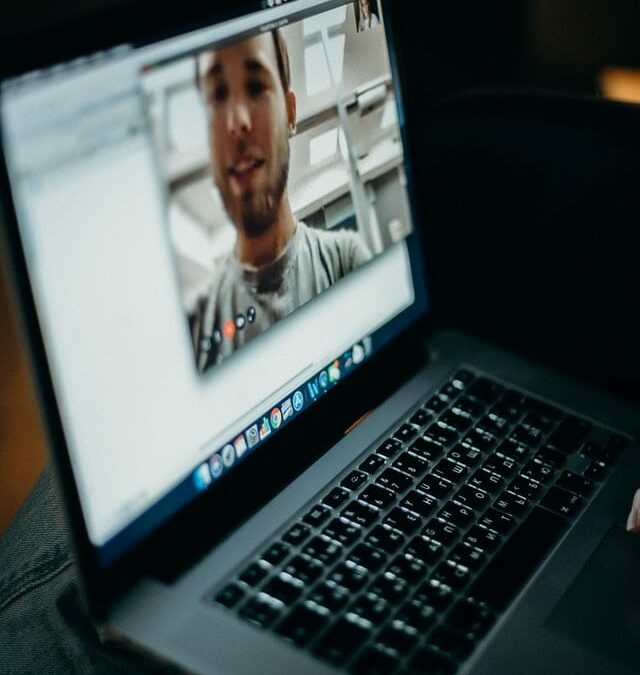I am exhausted. I just completed my third trial this month, and I have one more coming up in the beginning of June. All those trials were conducted by Zoom videoconference. For the time being, it seems like Zoom will remain a significant portion of legal practice, so we better get used to it, right? Through this post, I will share what I have learned.
- ORGANIZE YOUR EVIDENCE IN ADVANCE
This is a basic tenet of trial advocacy, but it is especially important when litigating via Zoom. Generally, the Court will request that you submit your evidence in advance via email. Anticipate that the Court will have antiquated Windows-based programs. Therefore, all documents should be saved as PDFs. If the document is too large, resave it using the “Reduce File Size” option in Adobe Acrobat. The same is true of images. Likewise, videos should be in a non-obscure format. I suggest something like AVI. If you submit the video in FLV or MOV format, anticipate substantial problems during the trial that judges (especially older judges without tech-savvy law clerks to assist them) are unlikely to resolve. If the PDF is multiple pages, add page numbers so that you can clarify what you are referring to and so the other participants can easily follow along. All of these efforts in advance of trial are designed to keep testimony flowing smoothly. A lawyer’s job during trial is to tell a compelling story. Frequent pauses in the storytelling to resolve technical problems are not helpful to that cause.
- AS THE ATTORNEY, DISABLE YOUR VIDEO DURING IMPORTANT TESTIMONY
When your client is crying and telling a powerful story to the Court, turn off your video. It is just another distraction for the judge. You want to ensure he or she is focused on your client and truly tuned-in to the testimony. The same is true when the opposing party is giving damaging testimony. One less thing on the screen is one less distraction. You can also use this strategically for the opposite reason: Turn you video back on during damaging testimony from your client or compelling testimony from the adversary.
- COACH YOUR CLIENT AND EVERY POTENTIAL WITNESS ON USING ZOOM
As stated above, judges are often annoyed by trials via Zoom. Many of them have been litigating in-person trials for decades and are generally uncomfortable with technology. Reduce their burden to the extent humanly possible. Let the adversary be the one stumbling, explaining, and asking for frequent breaks to resolve technical issues. You have the chance to be well-prepared and helpful, and that can do wonders for your case.
- WHEN YOU NEED TO MAKE AN IMPORTANT POINT, LOOK DIRECTLY AT THE CAMERA LENS
Litigants and attorneys both have the tendency to focus on the other participants in the Zoom call. It’s only natural. But when you do so, it appears to everyone else that you are not making direct eye contact, and direct eye contact is invaluable to credible testimony. Tell your clients in advance. If you’re advocating, look into the camera lens. It feels awkward because you cannot see the facial expressions of those to whom you are communicating, but I promise that it makes for more effective testimony and more effective advocacy.
- LIGHTING IS CRITICAL
The judge cannot see your face if it’s dark. Move your lamps. Better yet, buy a professional high definition webcam and a ring light. (Google it if you don’t know what that is.) The financial investment is comparatively minimal, and no matter what issue you are litigating in the Family Part, I can guarantee that it means the world to your client. Do not be penny wise and pound foolish.
- MAINTAIN A STRONG INTERNET CONNECTION
The worst thing that can happen during a Zoom trial is disconnection. It happened to me just yesterday, and I intend to ensure it never happens again. The entire proceeding has to be halted while you figure out the technical issues. Worse yet, if you have a slow or spotty connection, the judge cannot hear what you’re saying. The audio often cuts in and out. You might miss critical testimony from your client or the adversary, or that important closing argument you spent hours drafting may be lost on its intended recipient.
- REMEMBER THAT THE JUDGE CAN SEE YOUR FACIAL EXPRESSION EVEN IF YOU’RE NOT SPEAKING
Usually, the judge is viewing the participants in gallery view rather than speaker view. This means the judge can see everyone at once, not only the person talking. A party’s facial expressions during the adversary’s testimony can say more about their attitude and credibility than anything else. In a trial that concluded today, the opposing party was admonished on more than one occasion, and almost held in violation of a restraining order, because he continually made rude and unnecessary facial expressions/gestures during my client’s testimony (e.g., smirking, laughing, throwing up his hands). Also, even though it was not his turn to speak, the opposing party was admonished for turning away from the camera during closing arguments and for walking away from his seat without requesting permission. All those damaging events were completely avoidable.
Many of these tips apply to in-person trials as well, but Zoom trials have their own quirks. It’s just another opportunity to be better prepared than your adversary. Best of luck!


Recent Comments